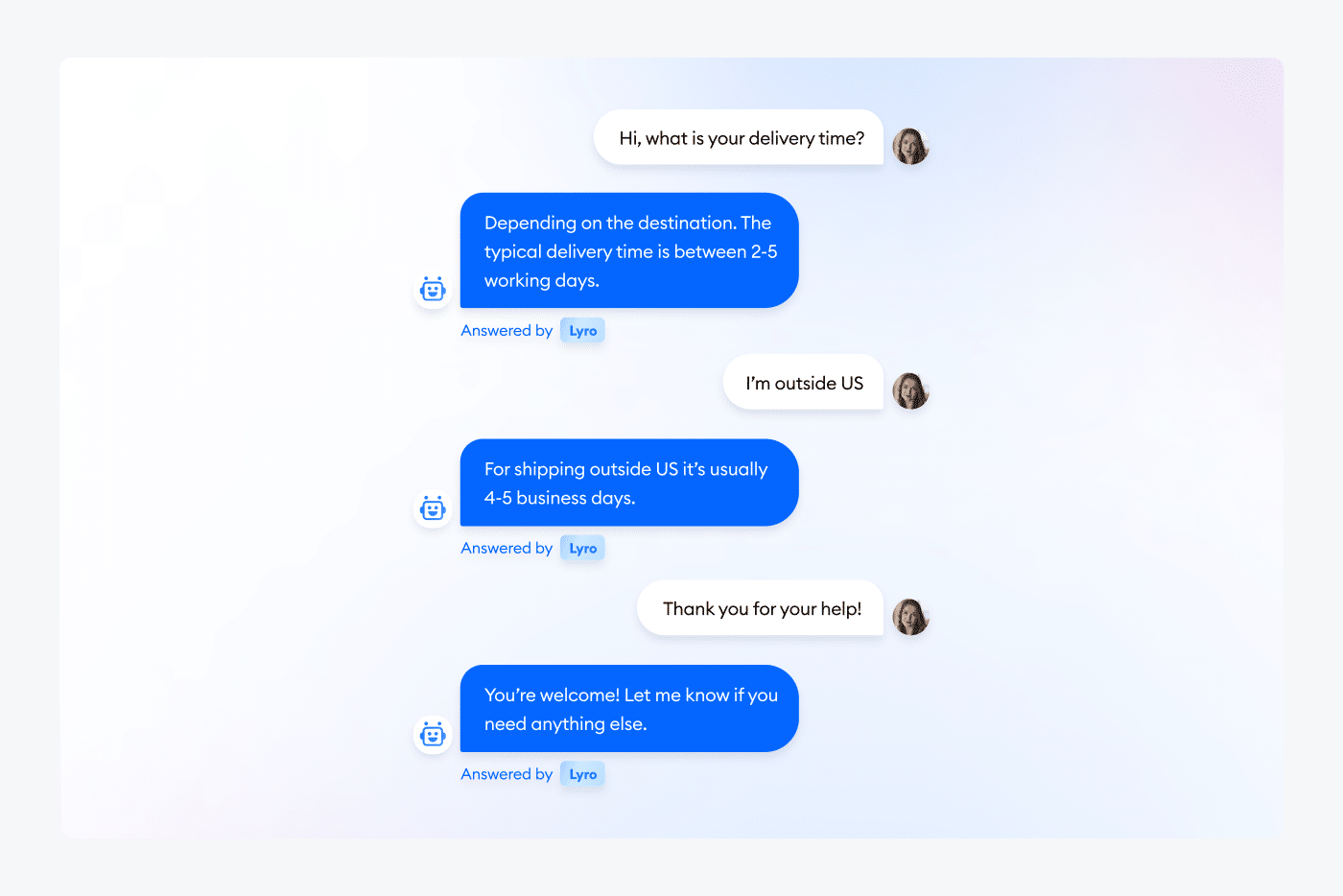In the ever-evolving business world, staying up-to-date with new tools and features is essential for success in digital marketing. One such change is coming on April 16, 2025, with the HubSpot CRM update, designed to revolutionize email marketing personalization by including both the date and time stored within the CRM.
In this article, we’ll explore the benefits of this update, its application in both B2B and B2C companies, and how large corporations can make the most of this enhancement.
The Importance of Personalization in Marketing
Personalization is one of the most effective strategies in marketing, as it creates more relevant experiences for customers and significantly improves open rates, click rates, and conversions in email marketing campaigns.
With HubSpot's new functionality, allowing the use of both date and time in personalization tokens, businesses can take their strategies to the next level.
Advantages of Including Date and Time in Emails
- Greater Relevance: Including specific details such as the date and time in emails enhances the relevance of the message. For example, an email that includes the exact date and time of an offer creates a greater sense of urgency.
- More Precise Segmentation: The ability to pinpoint the exact time of previous interactions allows marketing teams to send messages at strategic moments.
- Increased Conversion Rates: The combination of relevance and accurate segmentation makes it more likely that recipients will respond to the call to action, whether it's making a purchase or registering for an event.
Applications in B2B and B2C Sectors
- Usage in B2B Companies
In the B2B sector, where relationships and sales cycles are usually longer, precision in communication is crucial.
-
Meeting Reminders: Businesses can schedule personalized emails with the exact date and time of upcoming meetings or demos.
-
Post-Meeting Follow-ups: A scheduled message outlining next steps or including specific documentation strengthens relationships with potential clients.
-
Usage in B2C Companies
B2C companies can also greatly benefit from this feature in their promotional campaigns.
- Flash Sales and Promotions: A retailer can send emails not only informing customers of a special sale but also detailing the exact time when the offers will be available.
- Automated Communications: Subscription services can send reminders with the date and time of the next delivery, enhancing the customer experience.
Implementation in Large Companies
Large corporations face both challenges and opportunities when implementing new features. A well-planned strategy can ensure the success of this update.
Strategies for Successful Implementation
- Integration with Existing Systems: It's essential to synchronize HubSpot CRM with other management tools to ensure smooth operations.
- Staff Training: Investing in team training through workshops and reference materials will help maximize the use of the new feature.
- Measurement and Optimization: Setting clear metrics to evaluate the impact of this improvement on marketing campaigns will allow for real-time adjustments and optimizations.
Conclusion
The HubSpot CRM update to include date and time in personalization tokens marks a significant advancement for businesses looking to optimize their communication with clients.
In both B2B and B2C environments, this feature improves message relevance, enables more precise segmentation, and boosts conversion rates. Large companies that adopt this tool and integrate it strategically will be better positioned to stand out in a competitive market.
Detailed and strategic email marketing personalization is not just a trend, but a proven path to business success.


